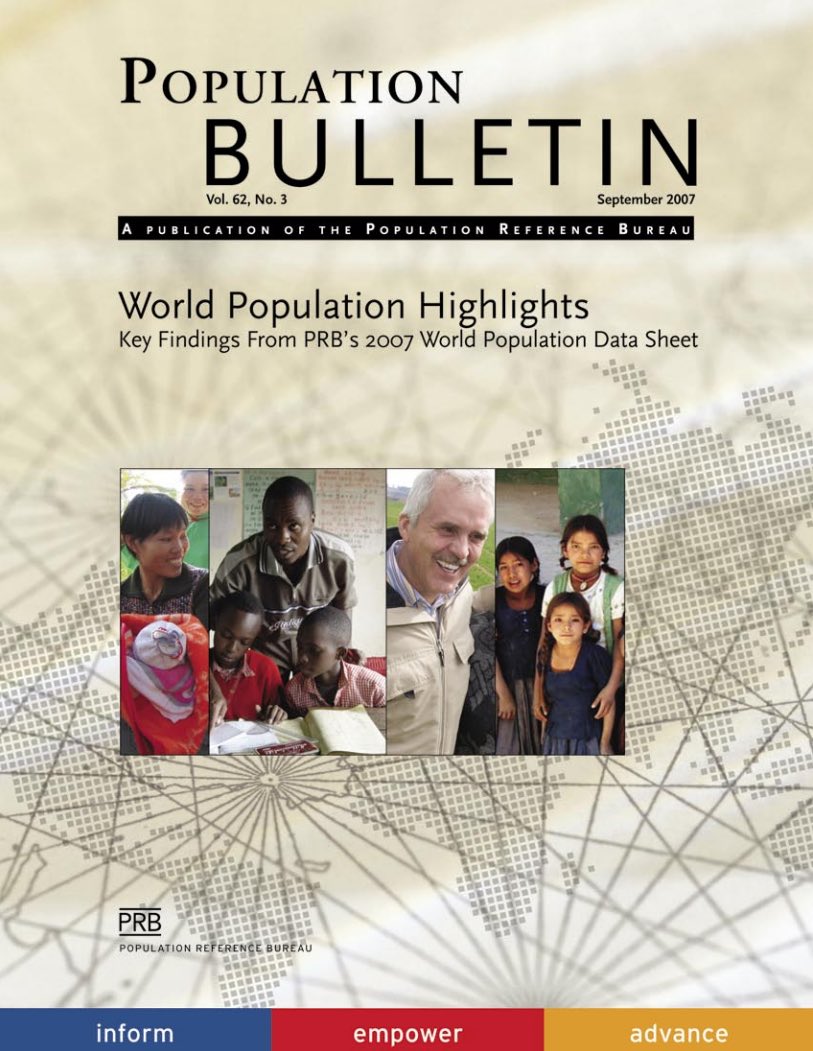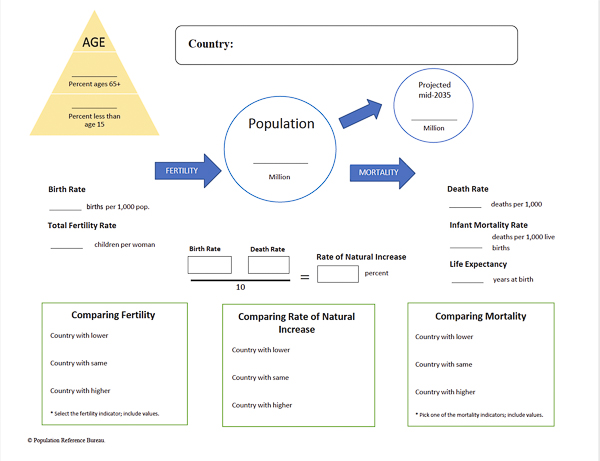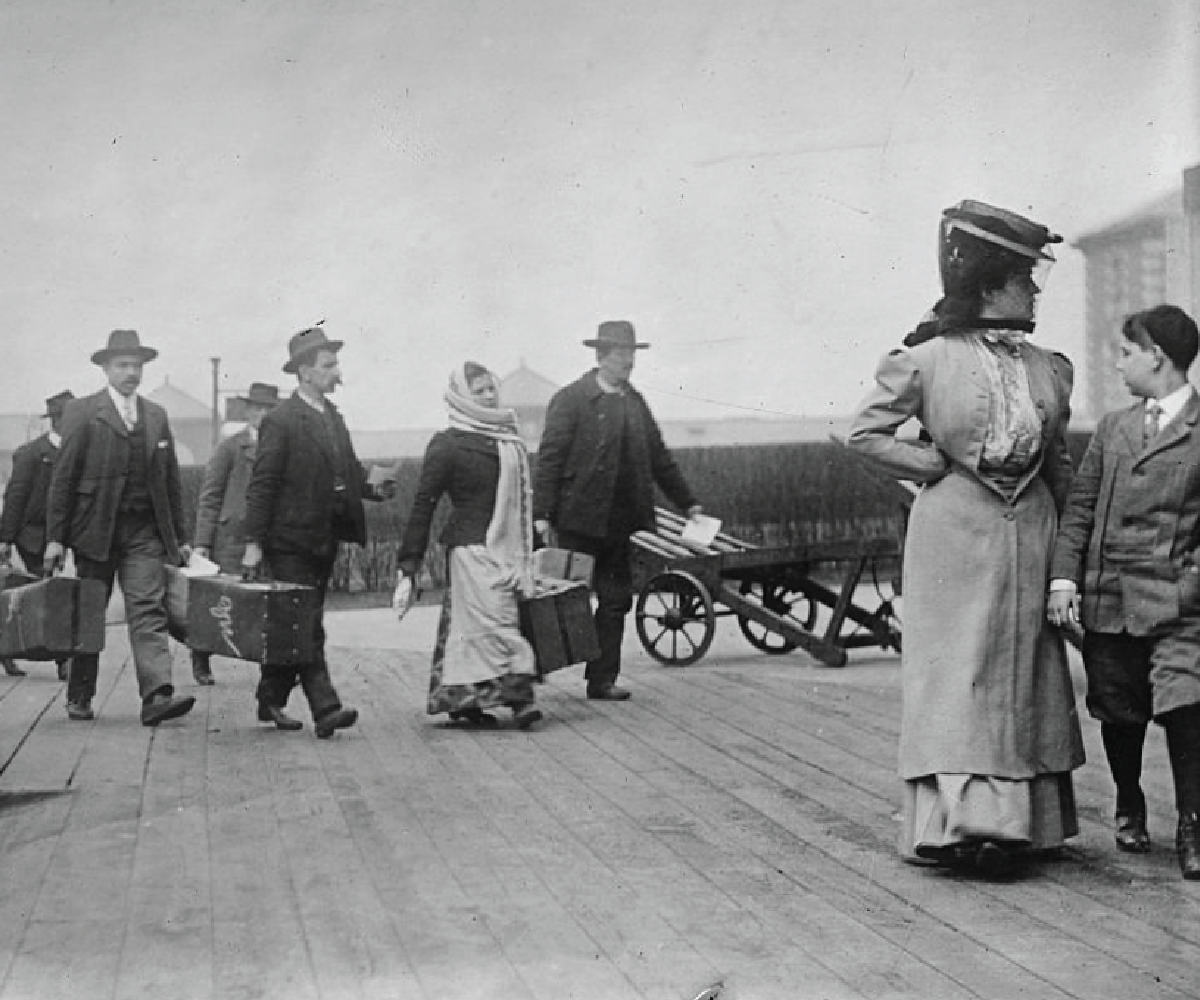Population Bulletin, vol. 62, no. 3: World Population Highlights 2007–Migration
2007) In 2005, about 191 million people—3 percent of the world's population—were international migrants, according to UN estimates.

2007) In 2005, about 191 million people—3 percent of the world's population—were international migrants, according to UN estimates.
(2010) Racial and ethnic minorities make up a growing share of the U.S. population—35 percent in 2009, up from 31 percent in 2000, according to new population estimates from the Census Bureau.

Mark Mather from our U.S. Programs team looks back at key population trends since he joined PRB in 1998.
(2009) The U.S. population is projected to increase over the next four decades, but according to new supplemental projections from the U.S. Census Bureau, the rate of increase depends largely on future trends in international migration.

Project: PACE: Policy, Advocacy, and Communication Enhanced for Population and Reproductive Health
PRB’s World Population Data Sheet is an excellent reference and data analysis tool. Teachers are encouraged to have their students use the Data Sheet for a variety of topics and activities.
(2015) According to news reports, Nigerian parliamentarian Babatunde Gabriel Kolawole backed a proposed motion for population policy legislation with projections from PRB’s World Population Data Sheet as evidence of a brewing crisis and the need to take quick policy action to avert it.

Attempts at immigration reform should address issues that have been with us, in various guises, for at least a century.
(2009) U.S. Asian and Hispanic/Latino population growth rates have started to slow, according to the latest estimates from the U.S. Census Bureau.